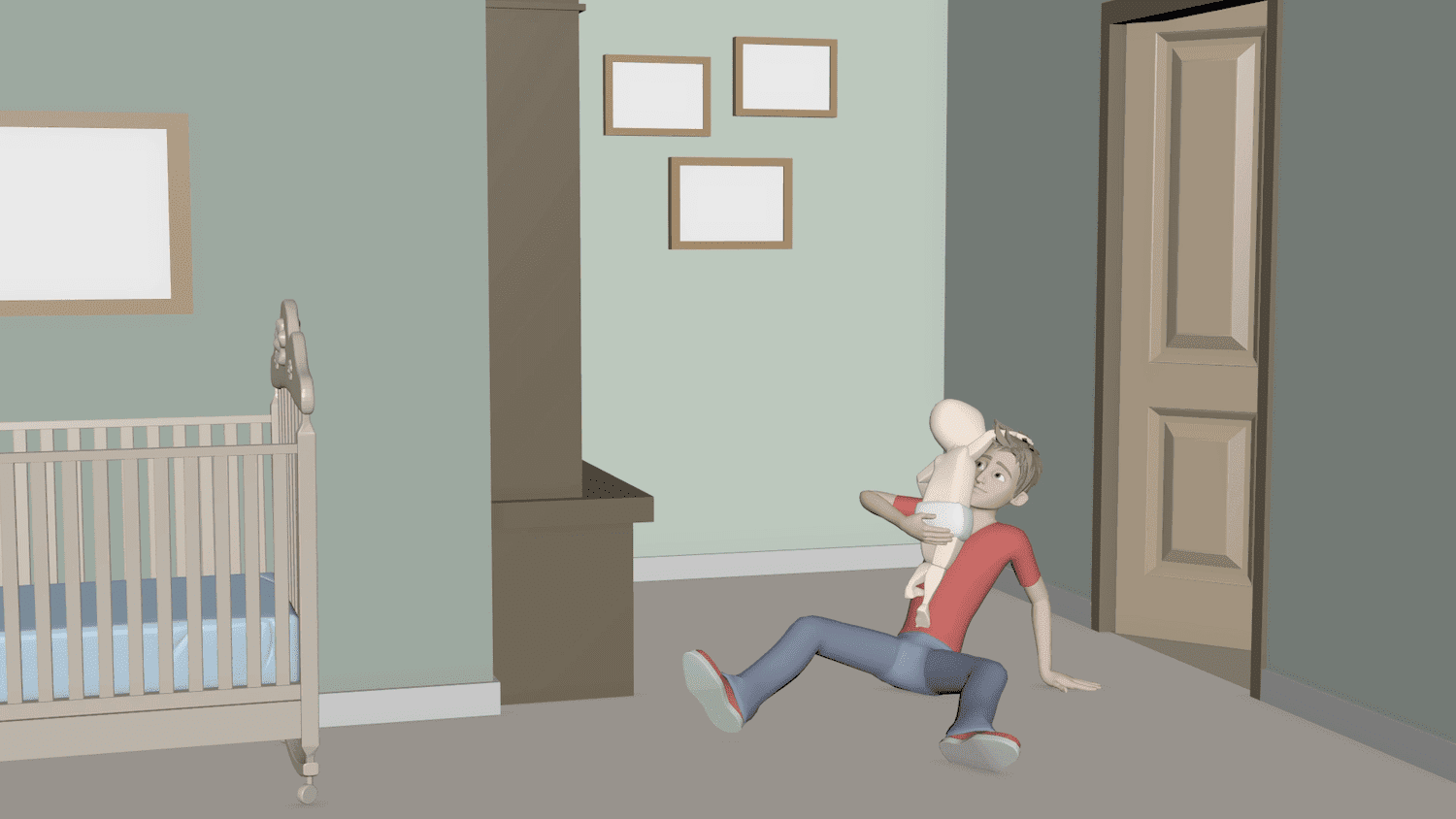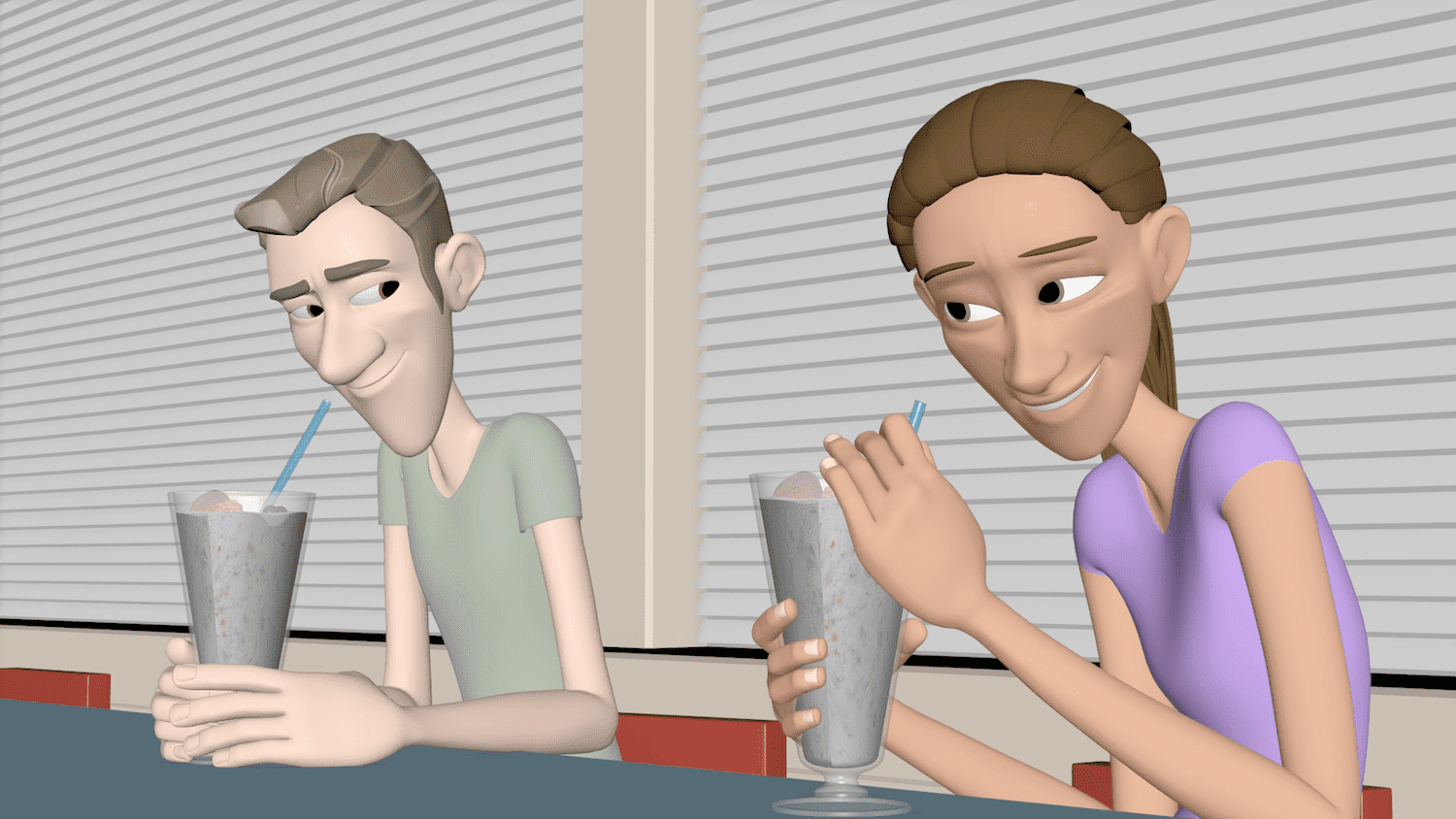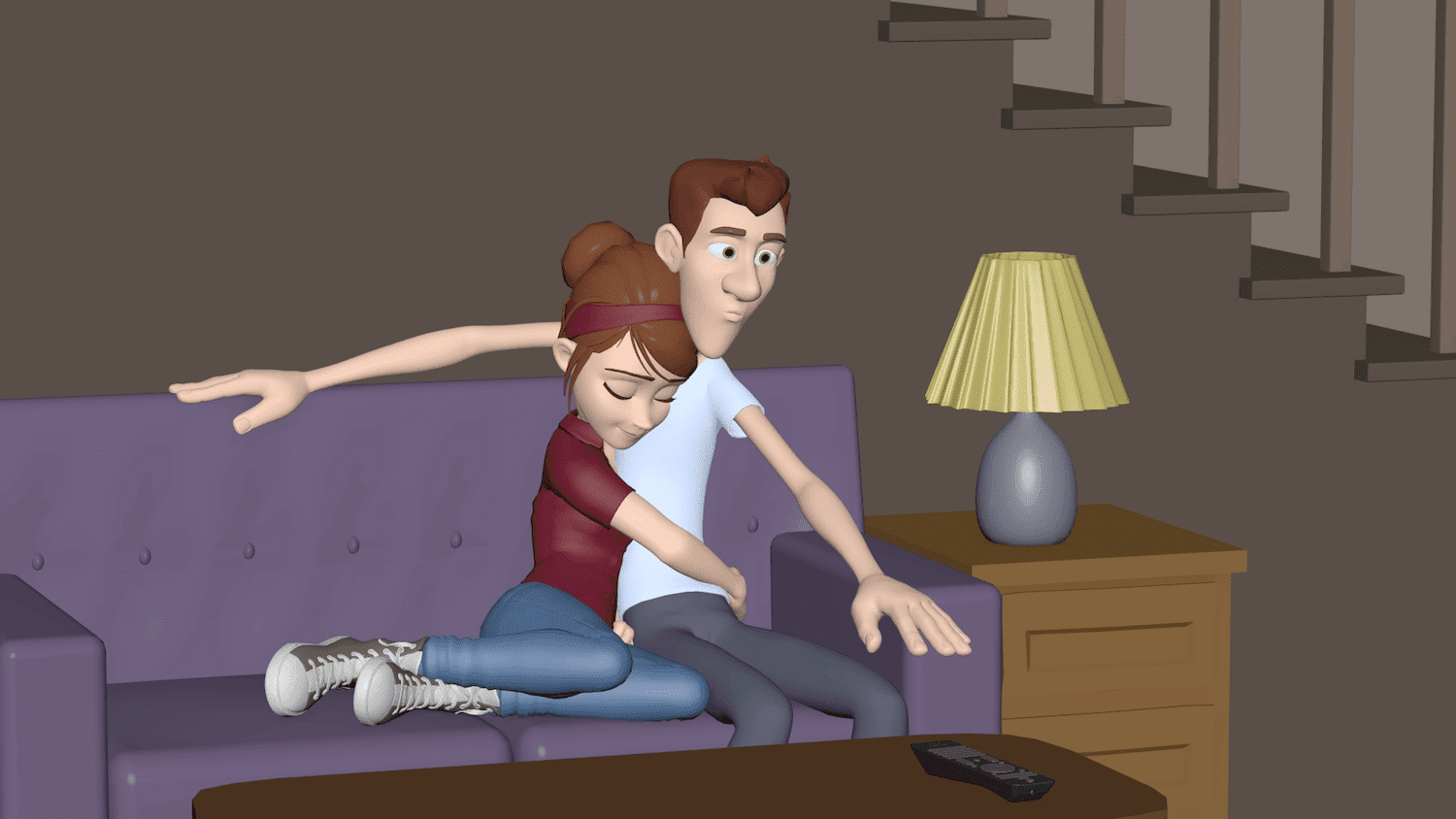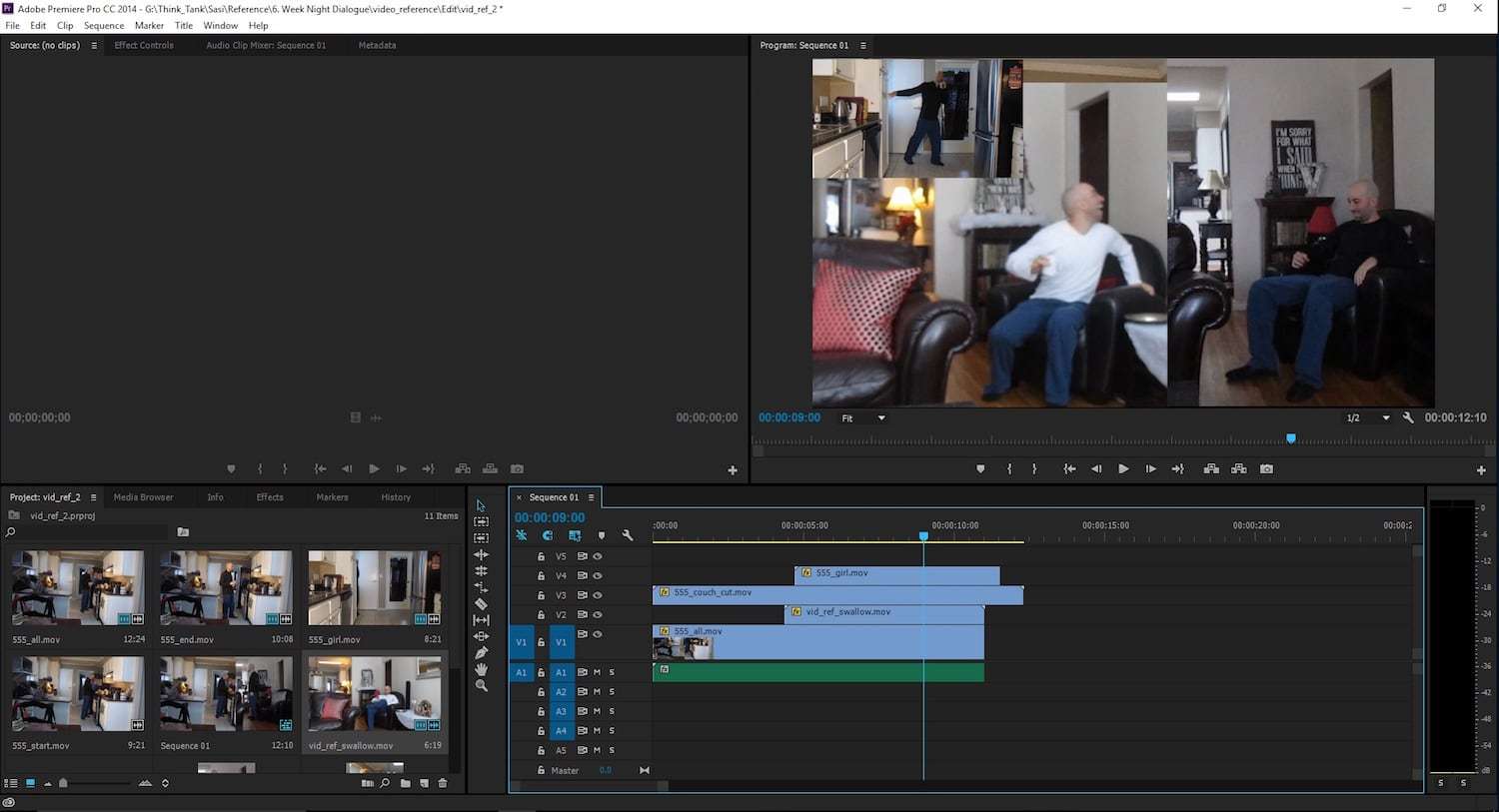
Looking for ideas to take your animation to the next level?
When we start working on a new animation scene we are unlimited and there are infinite options. On one hand, this freedom is great, but on the other hand, it also can be very overwhelming.
I think that the best place to get inspiration for the next animation scene is from real life. Take scenarios from daily life and think about how to show them in an interesting and entertaining way. This way the viewers can identify with the characters and acquire empathy for them. For example, almost everyone can identify with the situation of being on a first date and being nervous.
I always try to think about a twist that will make an ordinary situation more engaging to watch.
Creating an entertaining animation is not necessarily a character that does something interesting, but a character that does something ordinary in an interesting way.
I always try to think about a twist that will make an ordinary situation more engaging to watch. This will also force the character to react to the new situation and will open a door for a lot of new possibilities. For example, a couple sitting on the couch watching TV is not very exciting.
If you take this situation and add the fact that the guy is bored and his girlfriend fell asleep on him, the guy now has a much bigger challenge. He must get the remote without waking up his girlfriend, which is much more interesting.
Another important thing is choosing an idea that I am excited to work on. It doesn’t matter if it is a pantomime or a shot with dialogue. I am always really excited to animate. As an animator you are going to work very (very!) long hours on each animation. So if I am working on something that I am not enthusiastic about, and I am doing it only because it must be done, there is a chance that I will get discouraged along the way and I will lose the motivation to keep working hard.
I always focus on what the character is thinking.
While working at a studio I won’t have much say in what I am working on. So this is one of the few times I get to animate the things I want. I am going to embrace the opportunity to tell my stories.
It is always a good idea to take your time to look for the right audio clip or think about a scene that makes you excited to animate. If you doing something that is not interesting to you, it probably won’t be interesting for other people to watch either.
Planning
Develop a Story
After coming up with a general idea for the shot I go into more specific detail and continue to develop the idea. This is a very important part of the process. I learned the hard way how much time and effort can be wasted when I start animating without knowing exactly what I am aiming for.
Record yourself as the character and try to say what the character is thinking.
When I am planning a shot I am trying to build the bigger story behind it. Usually asking questions can help me come up with more details. What is the background of the characters? What happened in the scenes before? What are the moods of the characters? If there is dialogue, what is the subtext behind it? This will help me to know the characters better, to understand the situation they are in, and to come up with more interesting and unique acting choices.
Whether working on pantomime or dialogue, I always focus on what the character is thinking. Some great advice I got from my mentor Tony Mecca was to record myself as the character and say what the character is thinking. Doing this forced me to get into the character’s head and to figure out the character’s thought process.
I did it while working on a pantomime shot and also on a dialogue shot, and even though I had the dialogue to work with, the animation and the acting was according to what the character is thinking. Like the great Disney animator Ollie Johnston said: “Always ask yourself what is this character thinking and why is he thinking that way”.
Reference
There are different ways to plan a shot. The one that helps me the most is shooting video reference. By filming myself I can try different ideas, gestures and acting choices and see what looks and works the best.
I usually try a lot of different takes in a row while the camera is recording, then look at the video, see what I can improve or do in a different way, and then record different takes again (and so on and so forth..). Usually, I cut all the parts I like from all the different shots and put them together into one complete video.
Of course, it is not always possible to film my own video reference for different reasons. For instance, the character is doing an action that I can’t do, or the character is very different from me. In this situation, I tried to use some other ways to plan my shot – like filming a friend for the video reference or look for videos or images online.
When I animated a baby I couldn’t act it myself because clearly I am not a baby.
So I watched a lot of videos of my nieces (they were my inspiration to the animation in the first place) and I tried to study what makes their movement unique and what will make a character behave like a baby and not just a small person.
Final Animation
In most cases, my final animation is different from my video reference. I am not a great actor and this is one of the reasons why I am using my video reference only as an initial phase for my ideas and to help me with the body mechanics. After using all this information, I usually put the reference aside and look only at the animation. Change the timing, push the poses, get better arcs, and even change the acting choices from my reference if I feel that it is not working in the animation.
I can always go back to my video reference or even film new reference if I feel that it will help me with some parts of the animation. I am not getting too stuck on my references because in the end the thing that matters most is the animation itself.






